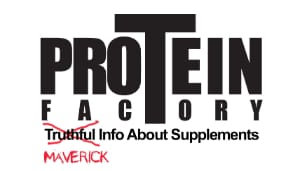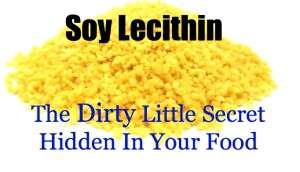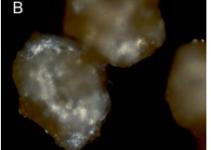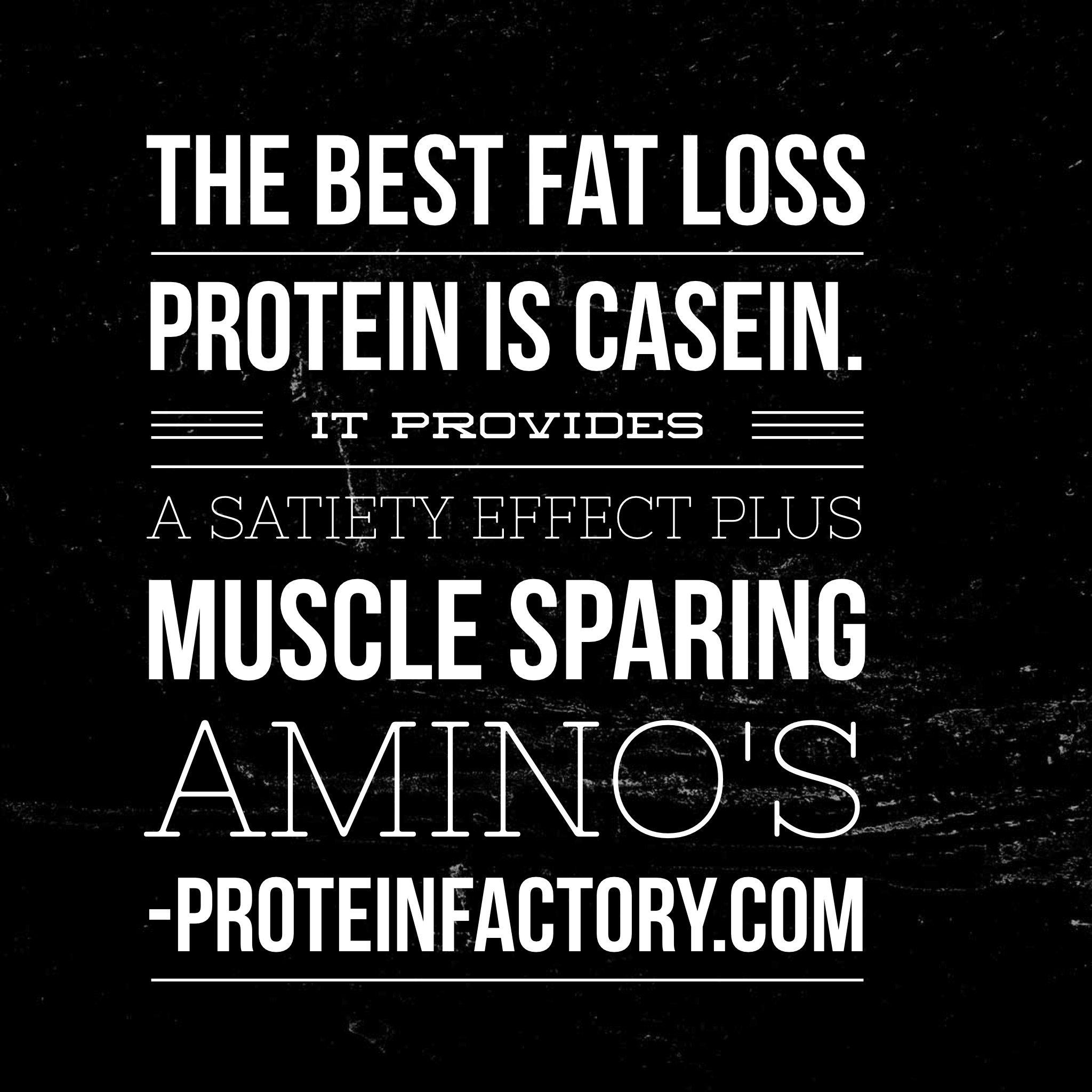Soy Lecithin In Your Protein Powder
Finding whey protein without soy is easy to do. All you need to do is look on the the back of the container or look on the label and read the ingredients. However, there are two reasons you may be looking for whey protein without soy. #1 because you are allergic to soy. If that is the case, you’re fine. BUT…if you’re looking for whey protein without soy because you feel soy has estrogen like properties to it, you might want to read this entire article. Because sunflower lecithin has just as many phytosterols in it as soy lecithin. So instead of looking for a whey protein without soy, you should be looking for a whey protein without lecithin.
You reach into your favorite protein powder, look for the scoop and scoop out a bunch of powder. You then take that powder and then put it into a glass of water or milk. You stir it around with a spoon and the powder vanishes into the liquid. No signs of powder. You proceed to drink the fortified protein liquid with no signs of clumps of powder. Unfortunately, that is causing this “no-clumping” effect is the soy lecithin in protein powder.
But did you know that a special process and ingredient is ADDED to the whey protein to make it dissolve into the liquid you are using? This ingredient is a secret in the protein industry. However, it should not be overlooked because it is something that you should NOT be consuming, yet alone multi times per day (if you take protein powder numerous times throughout the day). The ingredient that I am taking about is soy lecithin in protein powder.
For a powder to be soluble in a liquid, it must be instantized. You won’t find instantized in the dictionary; it’s a food industry term. Technically “instantized” means improving dispersion. But to us bodybuilders & athletes, it means making a powder mix easily with a spoon, so it quickly converts to a complete liquid and no lumps or clumps of powder are showing. Nobody likes lumpy or clumpy protein drinks. Ninety-nine point nine percent of whey protein powders or protein blends are instantized. Instantizing a powder is a great thing. Without instantizing, we would not be able to mix protein shakes with a spoon or shaker cup. It would always require a blender and even so, you would still get clumps and lumps of powder and if you ran the blender too fast it would foam up to a point where you couldn’t even see the powder, it would all be foam. Yes, INSTANTIZING IS A GREAT THING!!! Three cheers for instantizing, HIP, HIP, HOOOORAY!!!
Soy lecithin in protein powder: how it’s done
With the exception of a few giant food companies, like Glanbia Nutritionals that owns Optimum Nutrition and BSN, supplement company’s don’t make their own whey protein powders. Larger dairy and cheese companies make these products. Whey protein comes from milk and cheese thus, whey protein manufacturing is done by these companies. These dairy and cheese companies take the liquid stream of whey and use filters to get the non-protein material separated. The finished product can be whey protein concentrate or whey protein isolate. After that, it is made into a powder, usually through spray drying. Each one is a great protein to use. But the manufacturing process is not completed yet. Next the whey protein concentrate or whey protein isolate powder has to be INSTANTIZED. Because consumers like yourself are no way in hell going to drink a powder that is NOT instantized. Thus, the whey protein manufacturers usually send the NON-Instant whey powder to be INSTANTIZED at a facility that specializes in instantizing protein powders. After it’s instantized, it is sent to a contract packager where they flavor it and put it in containers and then send it to distributors who then find a way to get it into your hands for consumption!
Switching gears
About ten years ago soy protein was pretty popular. It was being marketed (of course by the soy protein manufacturers) as having a great biological value and PDCAA. Soy protein isolate was being marketed as very high in glutamine, no fat, no lactose and no carbs. It was less expensive than whey and was poised to be the king of protein powders. But then something was discovered about soy that was very, very disturbing. The research was coming in that soy protein contained these “things” called isoflavones. Isoflavones are phytoestrogens that act like hormones, the most common you might have heard of are genistein and daidzein. These isoflavones can exert estrogenic effects on the body. And estrogen, if you don’t know, is the female hormone. The last thing a bodybuilder would want is to increase their estrogen. Soy protein is very high in isoflavones (phytoestrogens). After it had been discovered that soy protein could raise estrogen in the body, soy protein was to bodybuilders as kryptonite is to Super-man. Because who the hell would willingly subject themselves to an intake of phytoestrogens?!?
Not only was it discovered that soy protein may increase estrogen in your body, but soy contains other natural antinutrients and toxins: allergens, goitrogens, lectins, oxalates, phytates, protease inhibitors, and saponins are just a few of them.
The days of soy protein powders and soy protein foods were doomed. Today if you’re lucky you might be able to find soy protein powder in some bottom shelf grocery store. But I highly doubt you can find soy protein in any health food store today. There is simply no logical reason to consume soy and soy protein. Now keep in mind, what you just read about soy and estrogen, because it is going to relate to the whey protein that you might be drinking now…
Back to Instantizing
So as I was saying, the whey protein concentrate or the whey protein isolate must be instantized before it is dry blended with flavoring and put into containers and sold to you. Instantizing is not really a complex process, but it involves a product called “soy lecithin” that is bonded to the powder to decrease the surface area and therefore increasing dispersion. Whey protein manufactures use about ½ to 1.5% of soy lecithin to make their powders “instantized”. Therefore, every time you buy a whey protein concentrate or whey protein isolate that is instantized (which pretty much means all of them) you are technically buying whey protein and soy lecithin. (Side note, it is now required by the FDA that all whey protein powders that are instantized list soy lecithin in the ingredient deck, not doing so are against FDA regulations.)
What is Soy Lecithin?
Soy lecithin comes from soy oil. After the soybeans are pressed and the oil has extracted the sludge left over is made into soy lecithin. ( You see, soy manufacturers will find any use for soy by-products) Soy lecithin is a disgusting looking product that requires a harsh chemical process to make. Other chemicals are added just to kill off the putrid smell. Soy companies then (after paying their scientist to come up with uses for soy lecithin) decided this product could be used as an emulsifier (soy lecithin) and marketed it that way. Thus, it found its way into our protein powders. Remember you really didn’t have instantized powders until the late 80’s maybe even early 90’s. (Hmmmm….how convenient, isn’t that when the soy craze just started to be born). So yes..all along you have been slowly and methodically dosing yourself with estrogenic compounds,
Why oh Why Do They Use Soy Lecithin In Protein Powder?
So why do the dairy and cheese manufacturers use soy lecithin to instantize their protein powders? Cash is king my friends. Soy lecithin is cheap, cheaper than any other form of lecithin. It’s as simple as that.
Why is soy lecithin In Proten Powder so bad?
Soy protein contains phytoestrogens. Soy oil contains phytosterols and because soy lecithin comes from soy oil it too contains phytosterols. Therefore, soy lecithin exerts estrogenic effects in the human body. How? The plant estrogens are known as phytosterols; beta-sitosterol, campesterol, and stigmasterol have all been found in soy lecithin through independent laboratory analysis. Years ago pharmaceutical companies used these phytosterols to make human sex hormones. Now, big whey protein manufacturers use soy lecithin to instantize your whey protein powder. The phytosterols in soy lecithin cause endocrine disruption in the body. The phytosterols are similar to the isoflavones found in soy protein (genistein and daidzein). Even more alarming is the phytosterols found in soy lecithin are structurally similar to the synthetic estrogen diethylstilbestrol (DES). Therefore, soy lecithin may increase estrogen and decrease testosterone in your body.
Get protein powder without phytosterols
Avoid Soy Lecithin In Protein Powder at all costs!
Bodybuilders should avoid soy protein, soy oil, and soy lecithin at all costs because of the isoflavones and phytosterols. Isoflavones (also called phytoestrogens or plant estrogens ) exert estrogenic effects directly and indirectly: directly by binding to estrogen receptors and indirectly by interfering with estrogen production. The phytoestrogens are similar enough structurally to act like hormones and bind to estrogen receptor sites throughout the body. Phytosterols block receptor sites needed for testosterone. The last thing a bodybuilder or any man for that matter wants to do is INCREASE estrogen and block testosterone in their body. Estrogen (if you don’t know) is a female hormone.
Now if you don’t believe me or still think that soy and soy oils and products are good. Read this book
What is the solution?
Get protein powder or whey protein without soy lecithin or sunflower lecithin. You can get one here
These are also soy and sunflower lecithin free protein powders.
- Hydrolyzed whey protein 520
- Peptopro
- Advanced BCAA
- Leucine Peptides
- Salmonbolic 98
How do you know if your whey protein contains soy lecithin?
Take a careful look at the ingredients of your whey protein and find the soy lecithin. Here is one we found. I highlighted the soy lecithin.
Protein blend (whey protein protein [whey protein concentrate, soy lecithin], whey protein isolate), cocoa powder [process with alkali], natural and artificial flavors, acesulfame potassium, sucralose.
Take a look at this next label (which is against FDA regulations), which lists lecithin but omits the word “soy”. There is no such thing as just lecithin. Lecithin must come from something. The company here omitted soy because they know the word “soy” is the death to any protein supplement. Not listing “soy lecithin” and listing just “lecithin” is against FDA regulations. Technically this protein supplement can be embargoed i.e. confiscated by the FDA for mislabeling and misleading. Why? Because there are bodybuilders out there that are deathly allergic to soy products, whether it be soy protein, soy oil, or soy lecithin. And because soy lecithin is so widely used in food products, more and more people are building up allergies to soy foods. The example is below…note how they just list “lecithin.”
Protein Blend (Whey Protein Isolates, Whey Protein Concentrate, Hydrolyzed Whey Peptides), Natural and Artificial Flavors, Lecithin, Citric Acid, Malic Acid, Acesulfame Potassium, Aminogen, Yellow # 5 & 6, Sucralose, Lactase.
Finally, here is an example of a protein supplement that completely omits “soy lecithin” or any “lecithin” for that matter. This is against FDA regulations.
Whey Proteins And Peptides, Including Ion Exchange Whey Protein With Beta-Lactoglobulin, Alpha-Lactalbumin, Immunoglobulin, Bovine Serum Albumin, Whey Protein Isolate, Whey Hydrolysate Peptides And Amino Acids, Glutamine, Cocoa, Chocolate Flavor, Vanilla Flavor, Stevia)
In conclusion, try to avoid soy lecithin in protein powder. Woman especially should avoid soy products and soy lecithin. I know there are some studies that suggest soy increases chances of breast cancer.
Alex Rogers is a supplement manufacturing expert. He has been formulating, consulting, & manufacturing dietary supplements since 1998. Alex invented protein customization in 1998 & was the first company to allow consumers to create their own protein blends. He helped create the first supplement to contain natural follistatin, invented whey protein with egg lecithin, & recently imported the world’s first 100% hydrolyzed whey.







